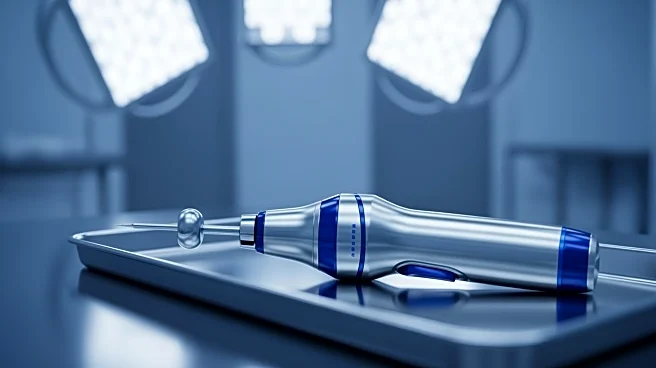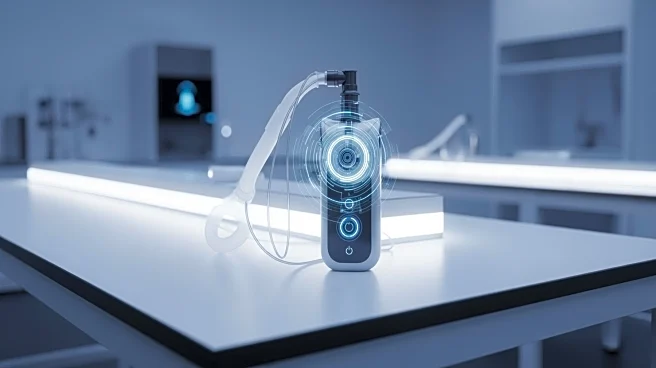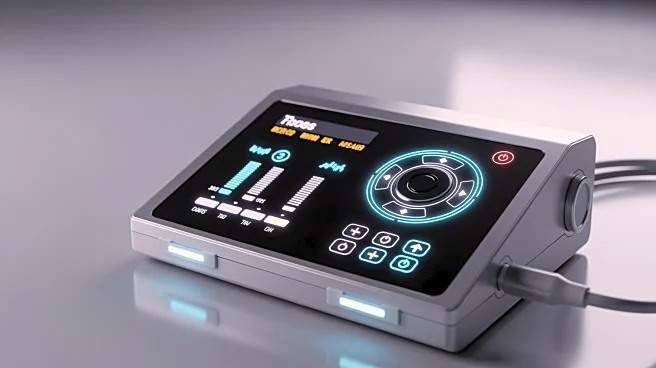What's Happening?
Hubly Surgical has announced that its Auto-Stop Drill has received FDA 510(k) clearance for expanded use in spinal decompression surgeries, specifically laminectomy and laminotomy procedures. The drill, which features a SMART auto-stop mechanism, is designed
to enhance patient safety by preventing over-drilling and protecting critical tissues during surgery. The clearance follows successful testing at UC San Diego Health, where the drill demonstrated improved safety and efficiency compared to standard practices. This development marks a significant milestone for Hubly Surgical, allowing the device to be used more broadly in neurosurgical procedures.
Why It's Important?
The FDA clearance for the Hubly Auto-Stop Drill is a pivotal advancement in surgical technology, potentially improving patient outcomes in spinal surgeries. By reducing the risk of complications associated with over-drilling, the device can enhance the safety and efficiency of neurosurgical procedures. This innovation may lead to broader adoption in hospitals, benefiting both patients and healthcare providers by streamlining surgical workflows and reducing recovery times. The clearance also positions Hubly Surgical as a leader in medical device innovation, potentially influencing future developments in surgical technology.
What's Next?
With the FDA clearance, Hubly Surgical plans to expand the use of its Auto-Stop Drill across neuro-spine teams, offering a consistent and safe device experience in various surgical settings. The company aims to support surgeons with intuitive tools that protect critical tissues, potentially leading to increased adoption in hospitals nationwide. As the device gains traction, Hubly Surgical may explore further innovations and applications for its technology, potentially expanding its market presence and driving advancements in patient safety and surgical efficiency.
Beyond the Headlines
The clearance of the Hubly Auto-Stop Drill highlights the growing importance of safety-focused innovations in the medical device industry. As healthcare providers increasingly prioritize patient safety, devices like the Hubly Drill could set new standards for surgical practices. This development may also prompt ethical discussions about the balance between technological advancements and patient care, as well as the role of regulatory bodies in ensuring the safety and efficacy of medical devices.













